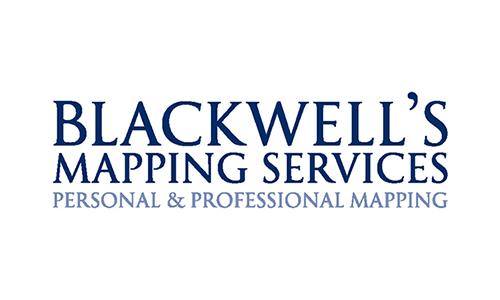Site location plan
Basic requirements
Most applications require that one copy of a site location plan is included.
The basic requirements for a site location plan to be shared with an application are:
- Use an up-to-date Ordnance Survey base map where possible.
- The map should be of suitable size, scale and coverage. If given a choice, standard sizes are -
- Size - A4 (A3 may be more suitable for bigger sites)
- Scale - 1:1250 (1:2500 may be more suitable for bigger sites)
- Coverage - 4 hectares (40,000 square metres)
- The site boundary needs to be drawn in red.
- Any adjacent land owned by the applicant should be outlined in blue.
View anexample site location plan [pdf document]
Obtaining maps
The use of maps is restricted by copyright. The use of photocopied maps is not allowed. It is an offence to use illegal copies of maps. Maps issued for use with a specific application cannot be reused in other applications.
There are a number of suppliers that Ordnance Survey maps can be obtained. Below are a few examples.
There are some rare cases where an Ordnance Survey is not suitable.
For example, an application to build a conservatory on a new house. If the house is less than six months old then it probably does not appear on the Ordnance Survey map base. If this occurs then a developers plan would be accepted.
Please check with us first. Under normal circumstances only Ordnance Survey’s will be accepted.
Please note that it is not acceptable to use a Land Registry plan. There are several reasons for this. One of those reasons is that the coverage is always insufficient and the map base is rarely up-to-date.
The site boundary
The site boundary needs to be shown in red on the site location plan.
As a general rule the site boundary should be the same as the property boundary. This is true for the majority of planning applications.
The red boundary will correspond to the land around the property. This includes all gardens, yards and outbuildings associated with the property.
In most cases the boundary will correspond to various lines on the map base. Therefore, drawing the boundary is a case of tracing over these lines.
However, sometimes parts of the boundary do not correspond to any lines of the map base. If so, then it will be necessary to estimate visually where the boundary should lie. Please try to be as precise as possible when drawing these lines.
If in doubt about the position of any parts of a property boundary you may need to consult the deeds of the property. In most cases the boundary should be fairly obvious.
At the very least the site boundary should encompass the whole of the development area.
Exceptions
There are some instances where the red boundary should differ from the boundary of the property:
- Developments taking place on farmland. The boundary of the entire farm is not relevant. If the main farmhouse is the subject of the application then the boundary should be around the farmyard.
- If a field or paddock is attached to a residential property then exclude it from the application.
For schools, playing fields should be excluded unless it is affected by the application. - For large commercial complexes it will be more useful to mark the area affected by the development rather than the entire building.
- An application for a telecommunications mast requires the red boundary marking out the new development only.
- If the entire development is going to be taking place on a site which is split off then the red boundary should define the outline of the new proposed property.
- If the application involves two or more adjacent properties being merged together then the boundary should surround the whole of the two properties.
- New proposed access paths should be included as part of the application.
- Any proposed work beyond the property but below ground level are excluded. These include utility supply cables and pipes.
- In applications for Listed Building Consent the boundary of the building itself is more appropriate than that of the entire property. Unless the boundary walls are also listed or the building has been extended, or the proposal involves an extension.
The importance of a site location plan
It needs to be emphasised that the purpose of a site location plan is not to just identify the property and pinpoint the location. It is also used for the following reasons:
- A map showing the site in relation to its immediate surroundings provides much of the basic geographic information needed. It is important that the map coverage shows the site in the centre of the plan rather than near the edge.
- Whenever planning permission is granted the decision will legally apply to the plot of land. It is essential that there is no ambiguity about what is included within the application site. This is particularly important in Change of Use applications.
- Planning application records are kept over several decades for cross-referencing and search purposes. For each application we check our existing records for previous applications on the same land or any adjacent land. We check against various other geographic data that may be relevant to the application.
Please note that a site location plan is not the same as a site layout plan. Site location plans show the site itself and the surroundings. Site layout plans show details of the various elements within the site.
Exceptions: tree and advertising applications
With some types of applications (tree pruning, tree felling or advertising signs) a separate plan is not needed as long as the site is not difficult to identify.
A clear sketch is enough and space for this is provided on the back of the form. In the case of a tree application it needs to show the position of the tree(s) in relation to buildings nearby, fence lines and other trees.
The drawing does not need to be to scale. We do ask for a few distance measurements. For an advertisement sign we will need the size and its position.
Please note that these types of application are a special case and a separate site plan is required for almost all other types of application.






